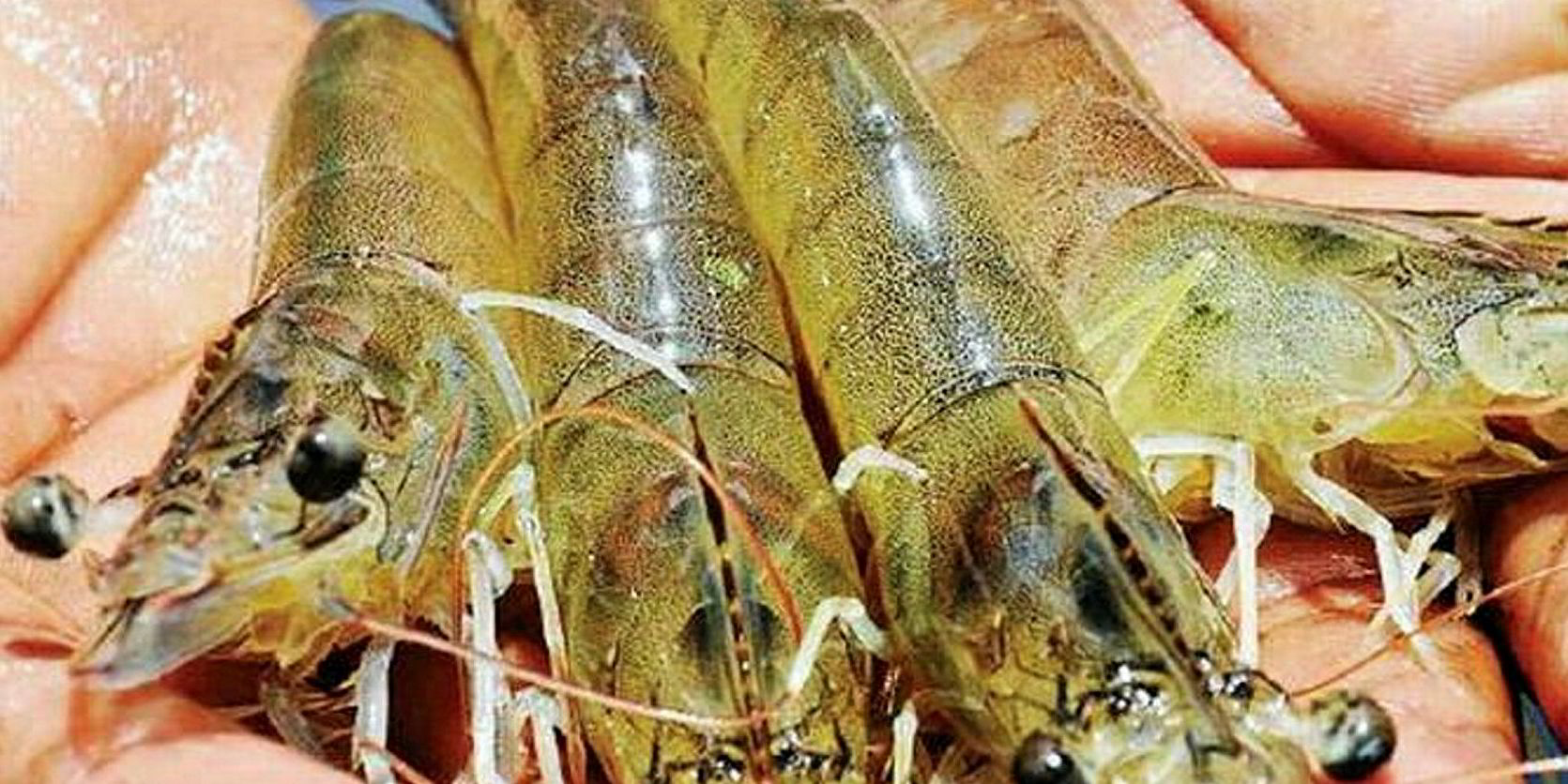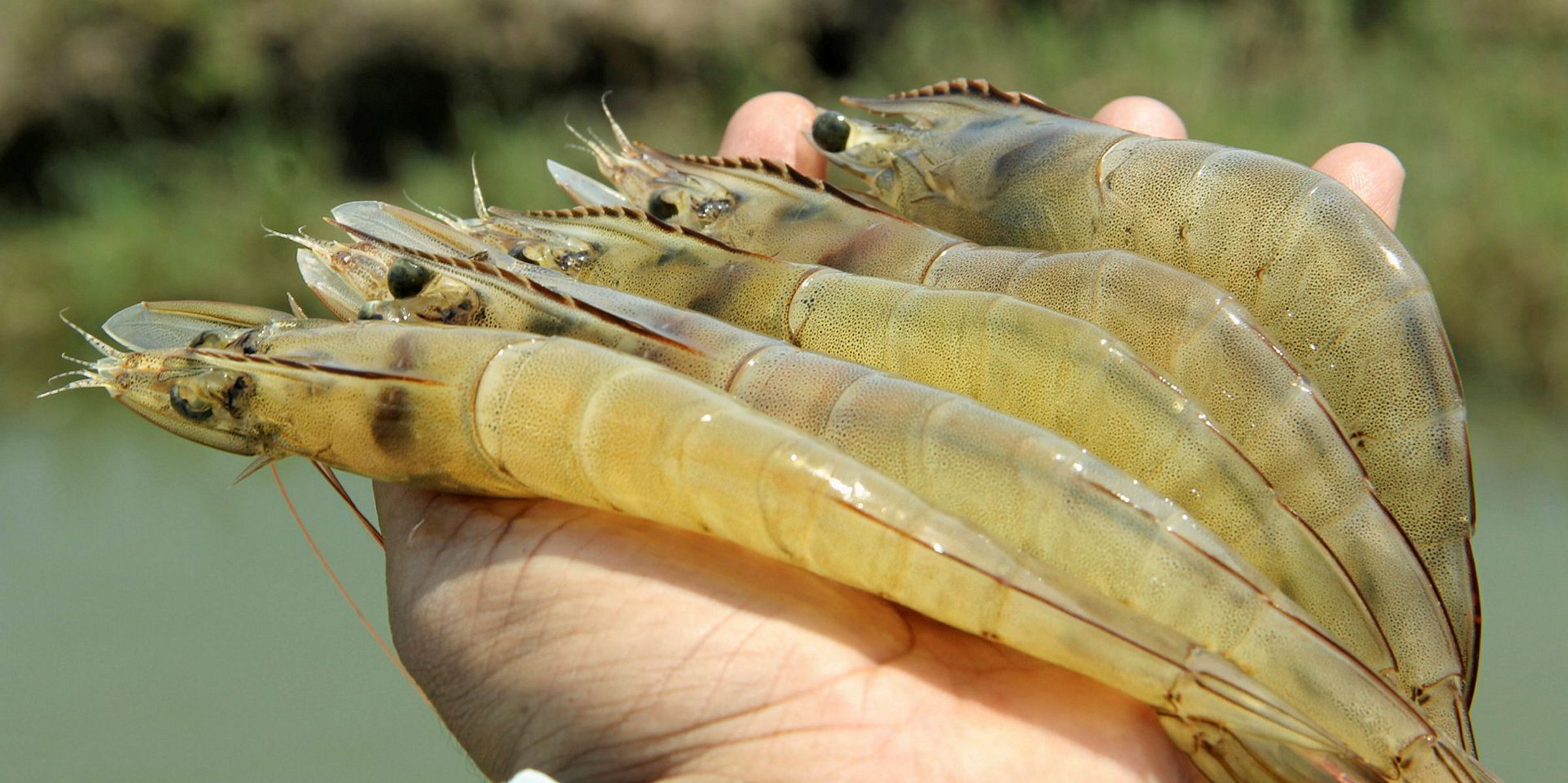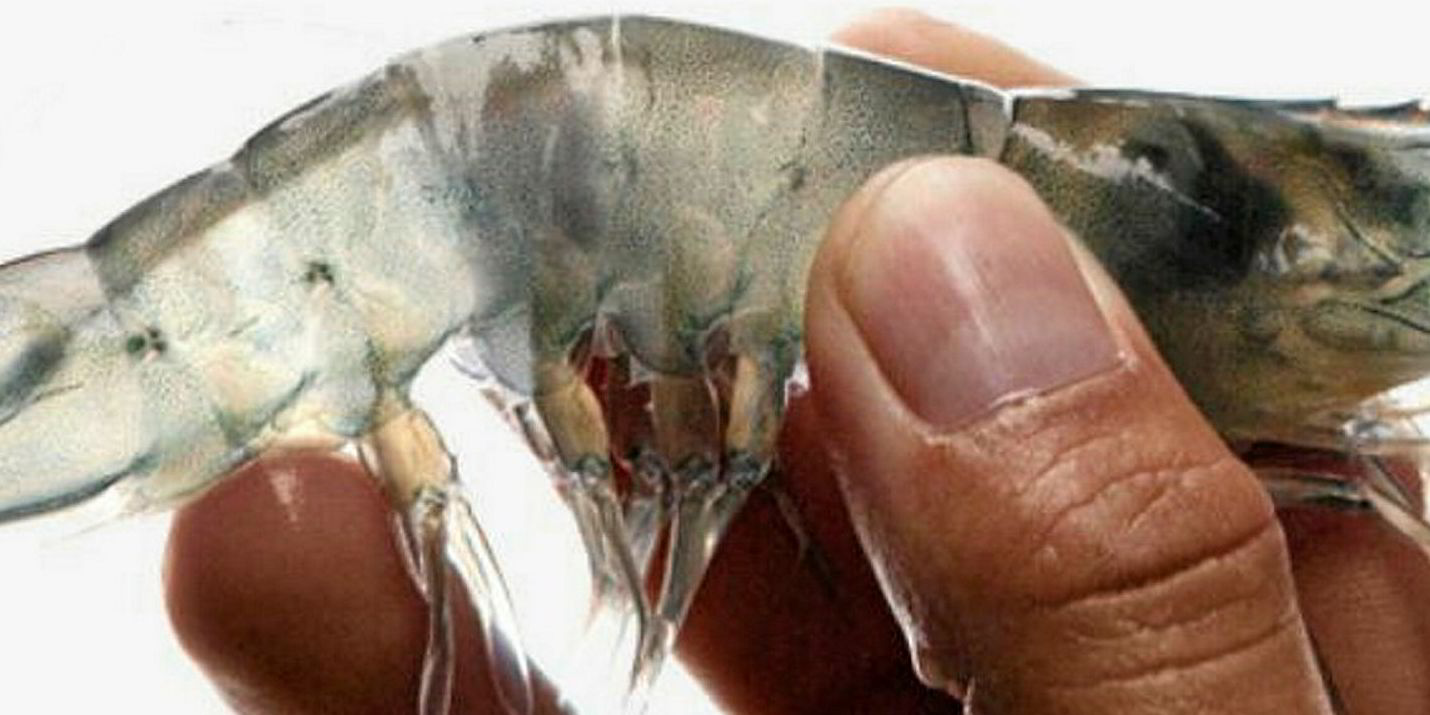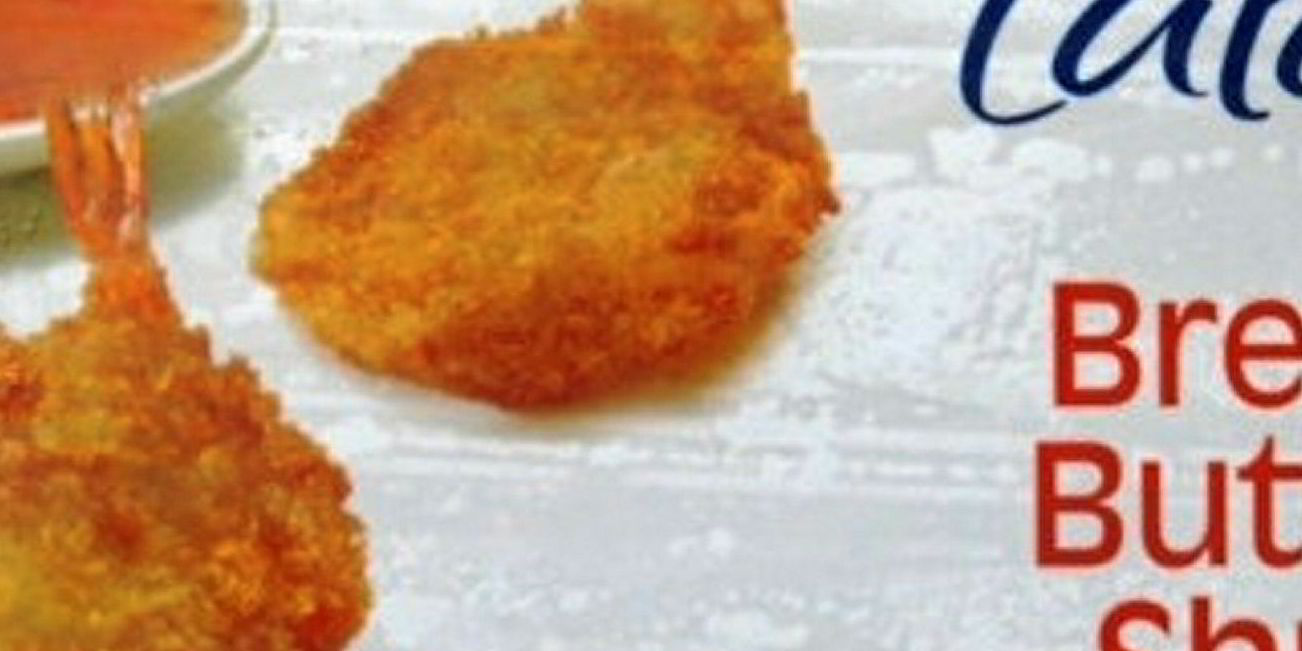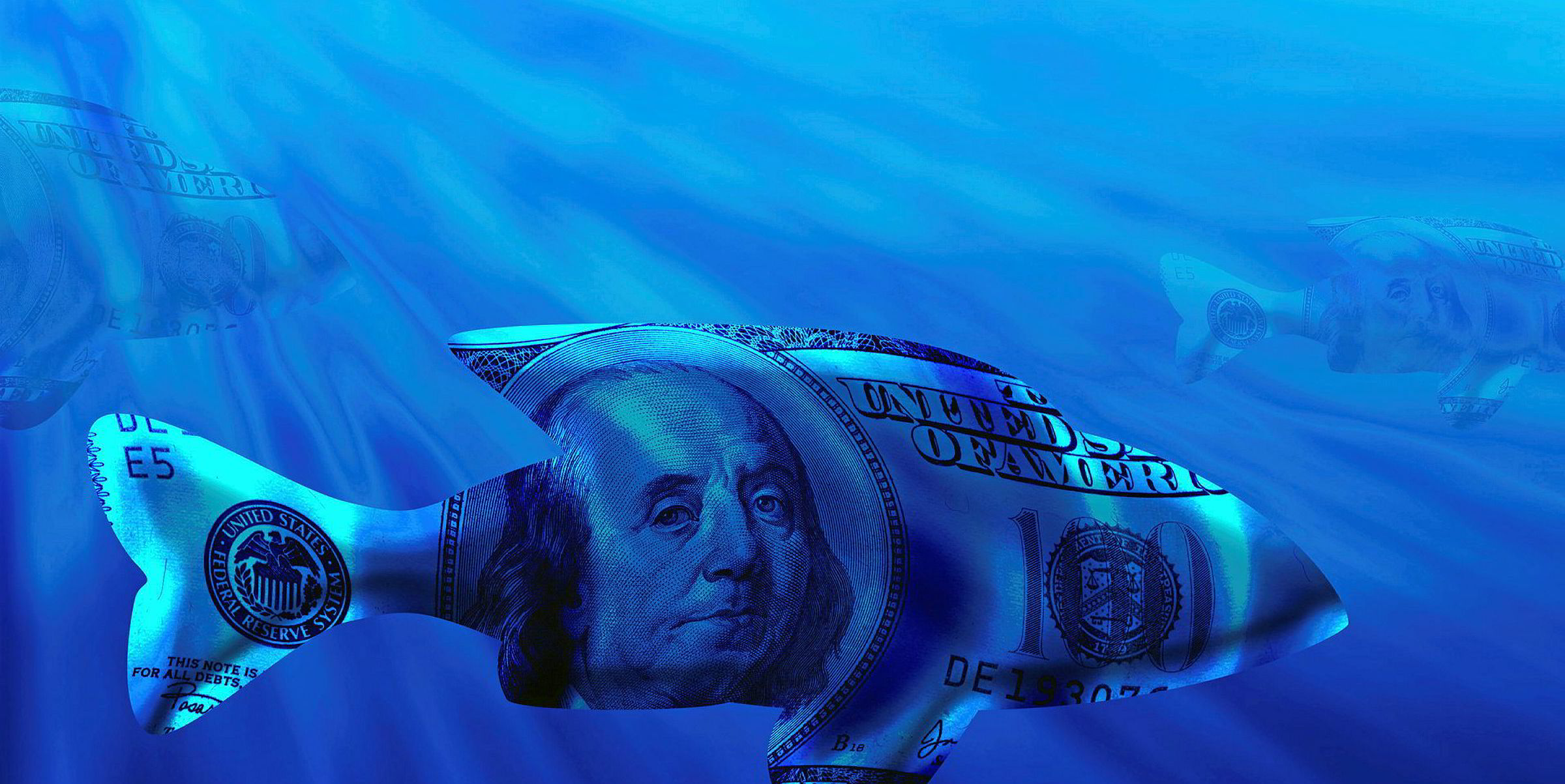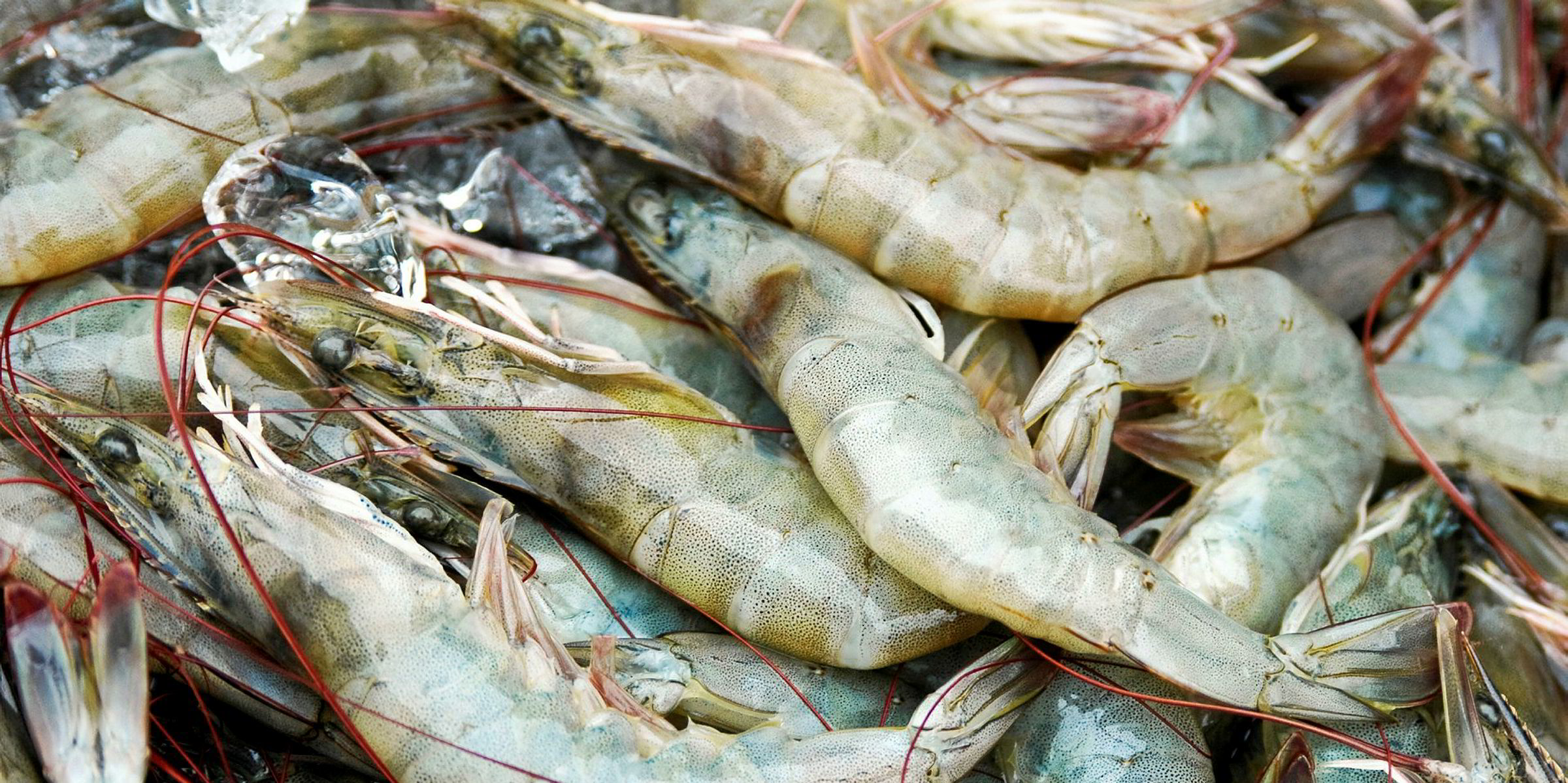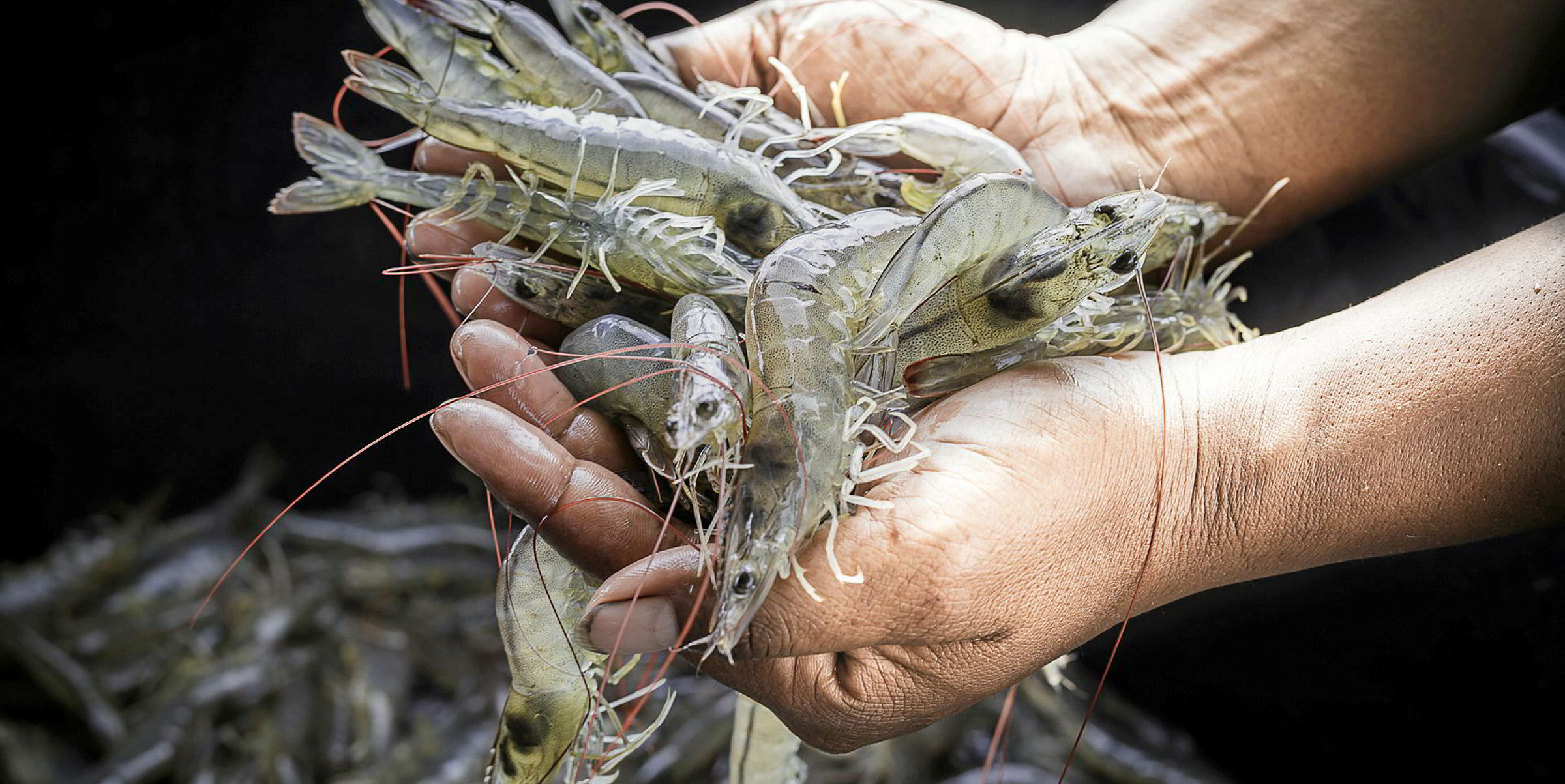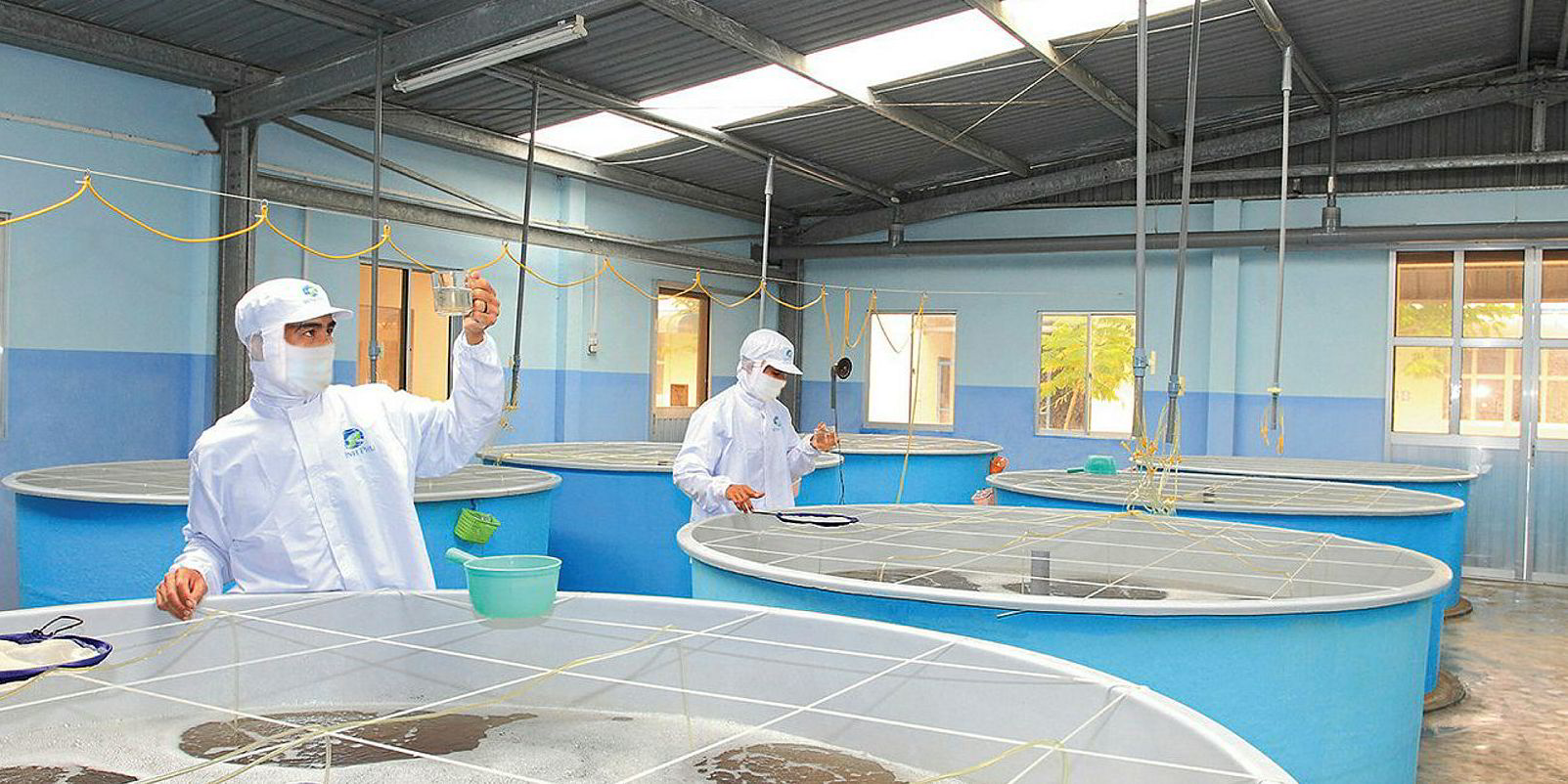Shrimp production in India is expected to drop in 2019 by between 20-30 percent, but the drop will not necessarily help bolster the persistent low prices, industry insiders told IntraFish.
“Farmers are completely clueless regarding stocking, they don’t know what to do,” Balasubramaniam V., general secretary of the Prawn Farmers Federation of India told IntraFish.
“You would, of course, think that prices could then be going up, but they’re still really poor, and this discourages farmers.”
White feces syndrome, caused by the enterocytozoon hepatopenaei parasite -- which affects the growth of the shrimp -- has been rampant across Indian farms since 2018. Although it has been present sporadically since 2014, the disease hit a high last year and remains strong across Indian farms due to the high temperatures.
With prices still low and 2018 losses fresh on farmers' minds, white feces syndrome is discouraging farmers from stocking higher volumes, who fear they could be forced to sell loss-making smaller shrimp.
A general lack of liquidity in the country is also playing a role in the lower stocking, a source in the industry IntraFish.
The lowest prices are for 70-100 count head-on shrimp per kilo. Prices for medium sizes, between 40-75 shrimp per kilo, are better, and prices for larger sizes, around 25-40 count head-on per kilo, are "more decent."
“Farmers are focusing on preparing the ponds to prevent disease and get bigger sizes, rather than on stocking,” Balasubramaniam said.
However there are some farmers who are particularly impacted.
“Those with access to clean water from rivers and the ocean have lower presence of white feces, but those using brackish water from the creeks are stuck, and that’s about 30 or 40 percent of the farmers," Balasubramaniam said.
Worse, there isn’t a management plan to tackle white feces syndrome, so farmers are opting for lower density.
“Normally they farm between 40-50 animals per square meter, this year they’re farming at a density of 25 shrimp per square meter," he said. "This will also affect total volumes.”
The industry needs to figure out a “methodological management plan” to mitigate the disease if it wants to recover.
“In Thailand, this is a bigger scourge now than white spot syndrome, we need a solution for this," Balasubramaniam said.
Impact could be big
Ravi Yellanki, president of India’s Society of Aquaculture Professionals (SAP), told IntraFish that the white feces syndrome can drag down production in India this year by about 20 percent.
“Economically, white feces disease is the most damaging, because you keep feeding the animals and they don’t grow, so the costs are very high,” Yellanki said.
In 2018, vannamei production in India was between 700,000-750,000 metric tons. Exports of headless shrimp amounted to some 580,000 metric tons.
The drop in volumes alone won’t help prices recover, Yellanki said.
“There are two factors for the fall, lower stocking and lower growth, but prices will depend on demand, and of course on supply from other regions,” he said.
Ecuador, the world’s second-largest vannamei producer after India, produced 678.6 million pounds of shrimp, or 307,842 metric tons, in the first half of the year, a 26 percent increase compared with the same period a year earlier.
In Vietnam, the government is testing a super-intensive shrimp farming model to ramp up production in Tra Vinh, while giant Min Phu embarked on a project to scale up production by small farmers.
“Other countries in Asia are not doing that well either," Yellanki said. "The one saying they are doing well is Vietnam, but we need to see official figures at the end of the year."
Raja Gopala, chairman of India’s shrimp exporter Devi Fisheries and chairman of the Seafood Exporters Association of India (SEIA), is a bit more optimistic about the coming crop, but agrees prices for small sizes are poor.
“That’s why farmers are encouraged to grow bigger shrimp,” Gopala told IntraFish.
“White feces syndrome is a problem, but we have to wait and see what happens with the coming crop, climate and rains.”
